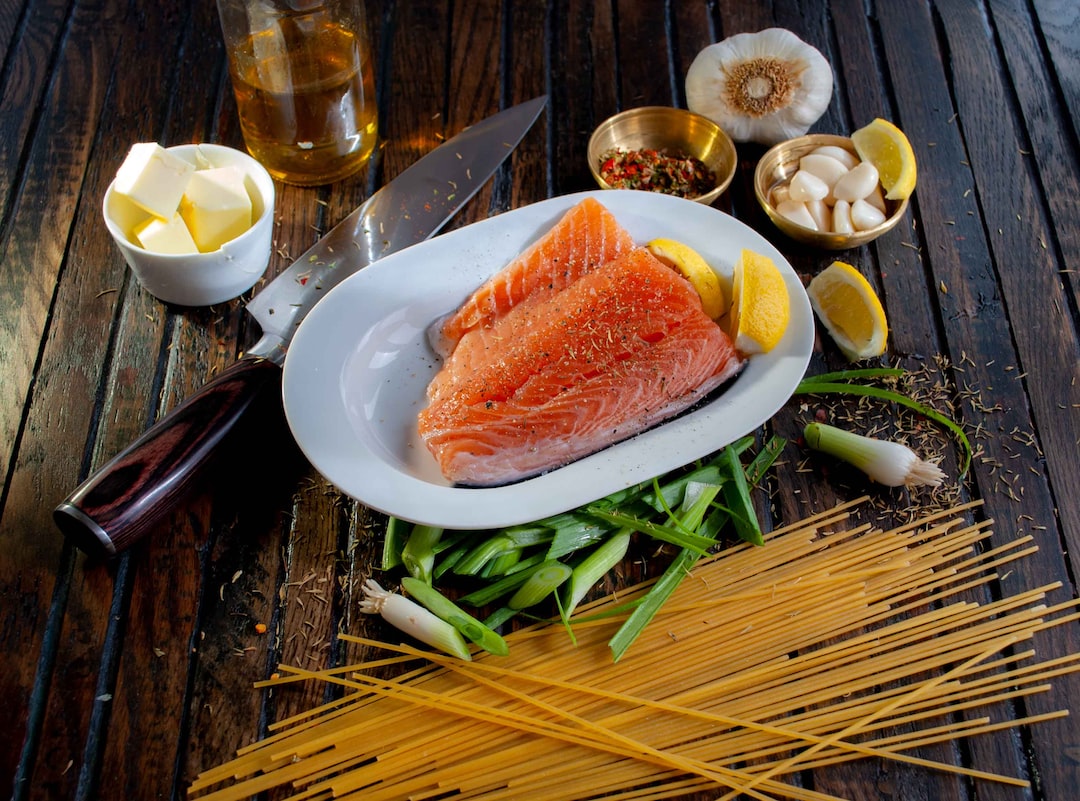In the world of alcoholic beverages, wine holds a distinguished place. From its humble beginnings to the vast diversity we see today, the history and evolution of sparkling wines have been nothing short of fascinating. Sparkling wines have a long-standing association with celebration, luxury, and indulgence, making them a popular choice for various occasions.
The story of sparkling wines dates back centuries to the region of Champagne in France. During the early years, winemakers faced a dilemma known as refermentation. The cold climate in Champagne halted fermentation, creating an appearance of stillness. However, when temperatures rose, the trapped carbon dioxide caused the bottles to explode. It wasn’t until the 17th century that the process of winemaking in the region started to change.
The credit for developing the traditional method of producing sparkling wines goes to the Benedictine monk, Dom Pérignon. He successfully introduced a process that maintained carbon dioxide within the wine during secondary fermentation, employing cork and thicker glass bottles to prevent explosions. Dom Pérignon’s efforts revolutionized the world of champagne and paved the way for the production of other sparkling wines.
Champagne quickly gained popularity in the French Royal Court and among the elite. Through trade and diplomatic relationships, the charm of sparkling wines spread across Europe, catching the attention of wine enthusiasts and royalty alike. It soon became a symbol of celebration in aristocratic circles. The Champagne method referred to the exclusive production method of the region, safeguarded by stringent regulations.
Over time, the popularity of sparkling wines led to their production and consumption beyond Champagne. Italy became a significant player in this realm, introducing Prosecco, another beloved sparkling wine. Prosecco originated in the Veneto region, where Italian winemakers utilized the Charmat method, also referred to as the Tank method, to produce their sparkling wines. This method involved the secondary fermentation of wine in large steel tanks, yielding a gentler bubble and a fruity character.
Prosecco gained immense popularity, both as a standalone sparkling wine and as a base for delightful cocktails like the famous Bellini. Its light, refreshing taste and affordability made it a hit in the market. Today, Prosecco is enjoyed worldwide, often competing with Champagne for special occasions, and is an integral part of Italian culture.
The history and evolution of sparkling wines demonstrate how craftsmanship, innovation, and changing tastes have shaped this category of wine. From Champagne’s traditional method to Prosecco’s modern approach, sparkling wines continue to captivate wine aficionados and casual drinkers alike. Whether you’re toasting to a milestone, raising a glass at a wedding, or simply enjoying a romantic evening, sparkling wines are a delightful choice to add effervescence and elegance to any occasion.
In conclusion, the story of sparkling wines is one that reflects the rich tapestry of wine culture and history. From Champagne’s regal beginnings to Prosecco’s rise in popularity, these wines continue to captivate the palates and hearts of wine enthusiasts worldwide. So, the next time you reach for that bottle of bubbly, raise your glass in appreciation of the extraordinary journey that sparkling wines have taken in becoming the beloved Wines they are today.
Publisher Details:
Home Fields Wines
https://www.homefieldswine.com/
Premium single vineyard wines from the edge of Wairarapa Pinot Noir country.
